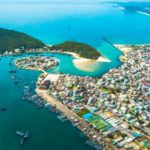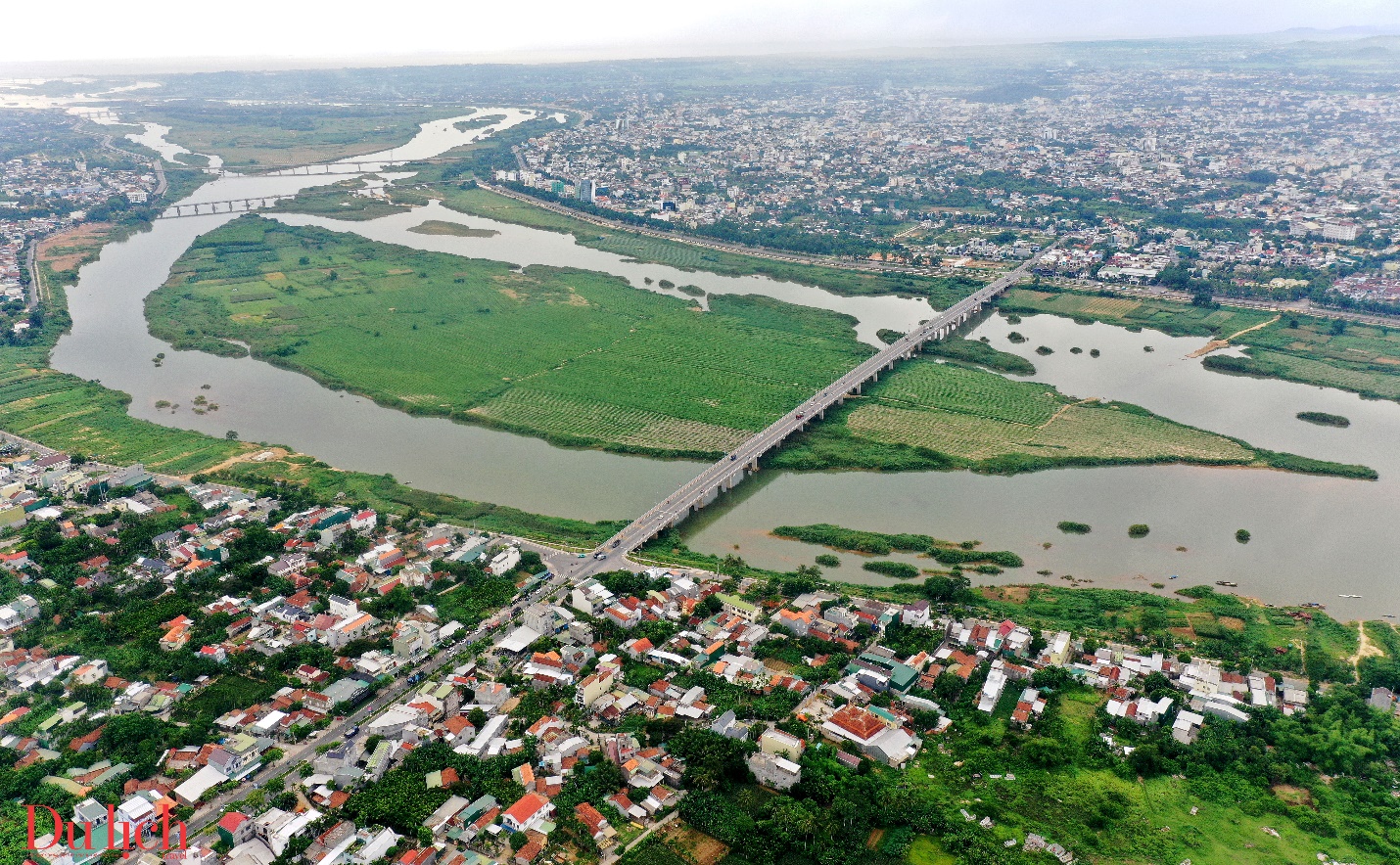
The Tra Khuc River originates from Dak To Ron Mountain, with its peak reaching 2,350 meters above sea level. It then merges with four major rivers: the Re, Xa Lo, Rinh, and Tang rivers. Flowing eastward, it passes through the districts of Son Ha, Son Tinh, Tu Nghia, and the city of Quang Ngai before emptying into Dai Beach. One of the highlights of this river is the majestic presence of Thien An Mountain as it flows through Quang Ngai city.
For generations, the beautiful Tra Khuc River has become an iconic symbol of Quang Ngai Province. The image of “Mountain and River” (“Núi Ấn sông Trà”) is deeply ingrained in the hearts of the Quang people, even those who live and study far away from their beloved homeland.
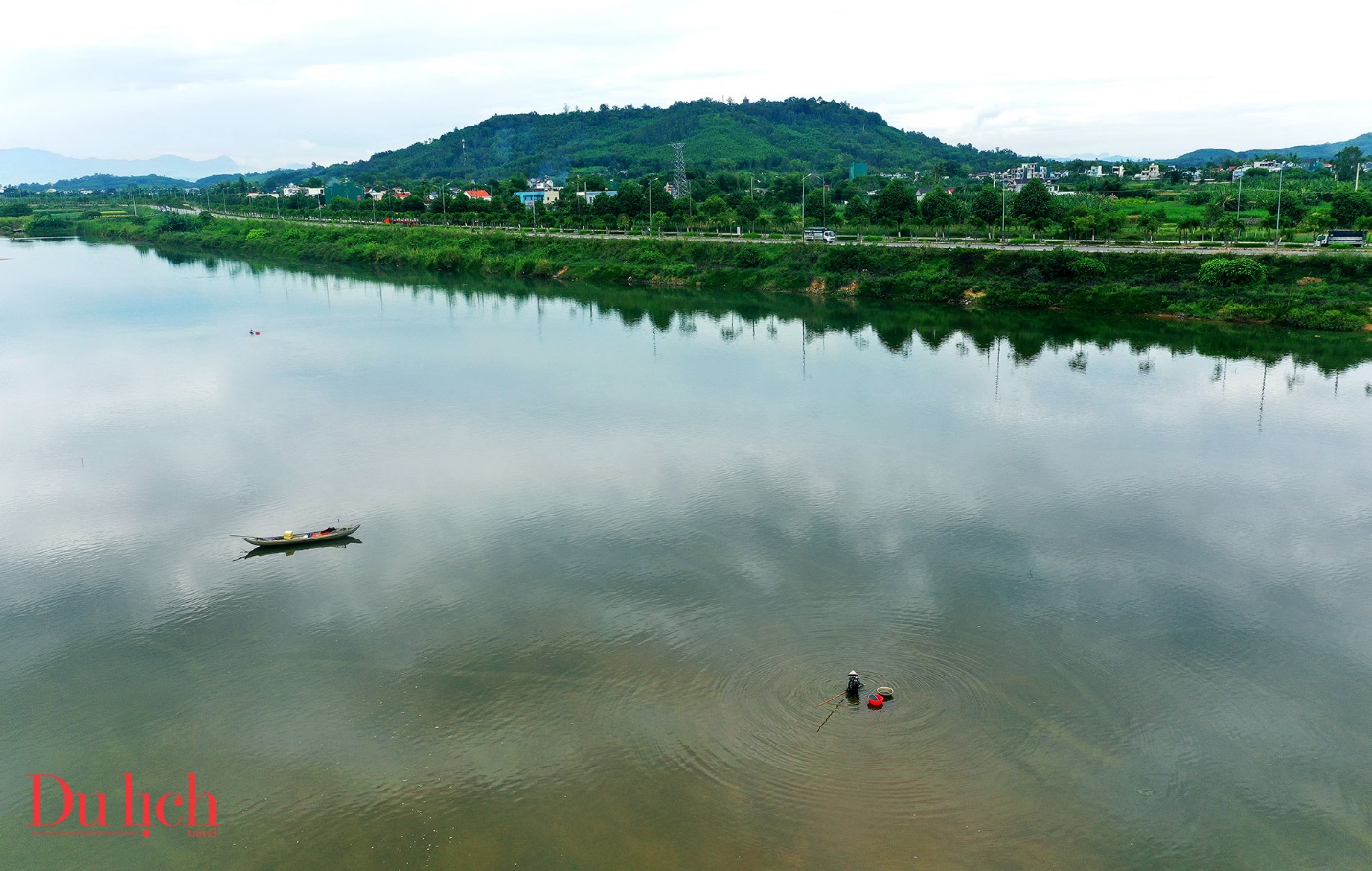
The “Thien An Niem Ha” (Heaven’s Seal Impressed on the River) is a profound symbol of Quang Ngai, depicting a heavenly seal reflected on the river’s surface. This iconic image is deeply rooted in the consciousness of the locals and is considered the foremost scenic spot in the region.
The basin and nearby areas of the Tra Khuc River are home to a diverse range of natural and man-made landscapes that are characteristic of Quang Ngai. Out of the twelve natural landscapes that ancients referred to as “wonders” of Quang Ngai (“Quảng Ngãi thập nhị cảnh”), four of them are located along the Tra Khuc River: Thien An Niem Ha, Long Dau Hy Thuy, Co Luy Co Thon, and Ha Nhai Van Do. From the peak of Thien An Mountain, visitors can admire breathtaking sceneries such as Thien But Phe Van, Thach Bich Ta Duong, An Hai Sa Ban, and Thach Ky Dieu Tau.
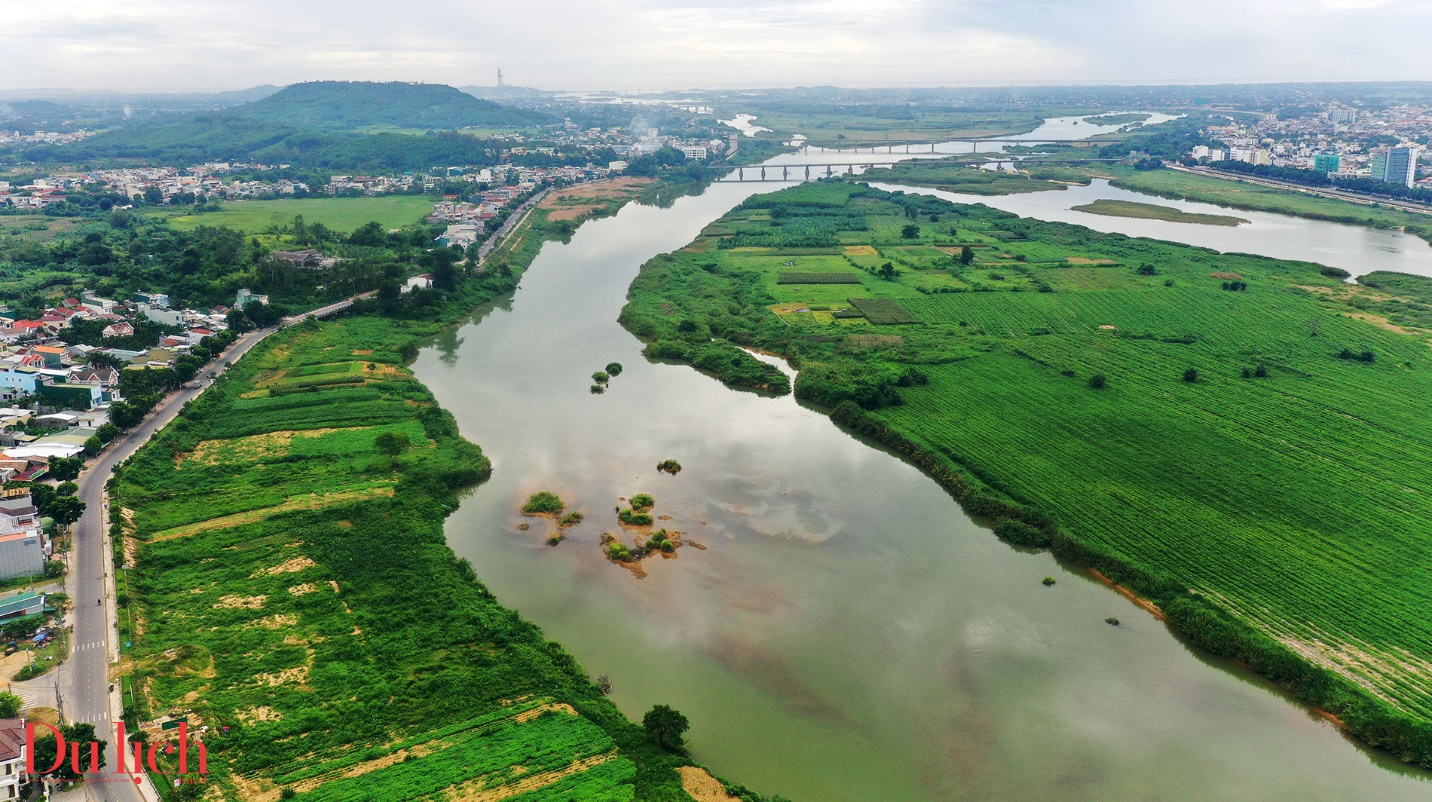
Thien An Mountain and the Tra Khuc River form a sacred pair in the minds of the Quang Ngai people. The ancient temple on Thien An Mountain, known for its legendary bell and Buddha well, has long been a renowned spiritual tourism destination and the “number one scenic spot” in Quang Ngai.
In 1990, Thien An Mountain and the tomb of Huynh Thuc Khang, a well-respected Vietnamese scholar and patriot, were recognized as national cultural and historical relics by the Ministry of Culture and Information. During Ho Chi Minh’s visit to France in 1946, Huynh Thuc Khang served as the Acting President of Vietnam. Loved and respected by the Vietnamese people, he is often affectionately referred to as “Uncle Huynh.” Throughout his life, Uncle Huynh sought only freedom for his people and independence for his nation, shunning personal gain and wealth.
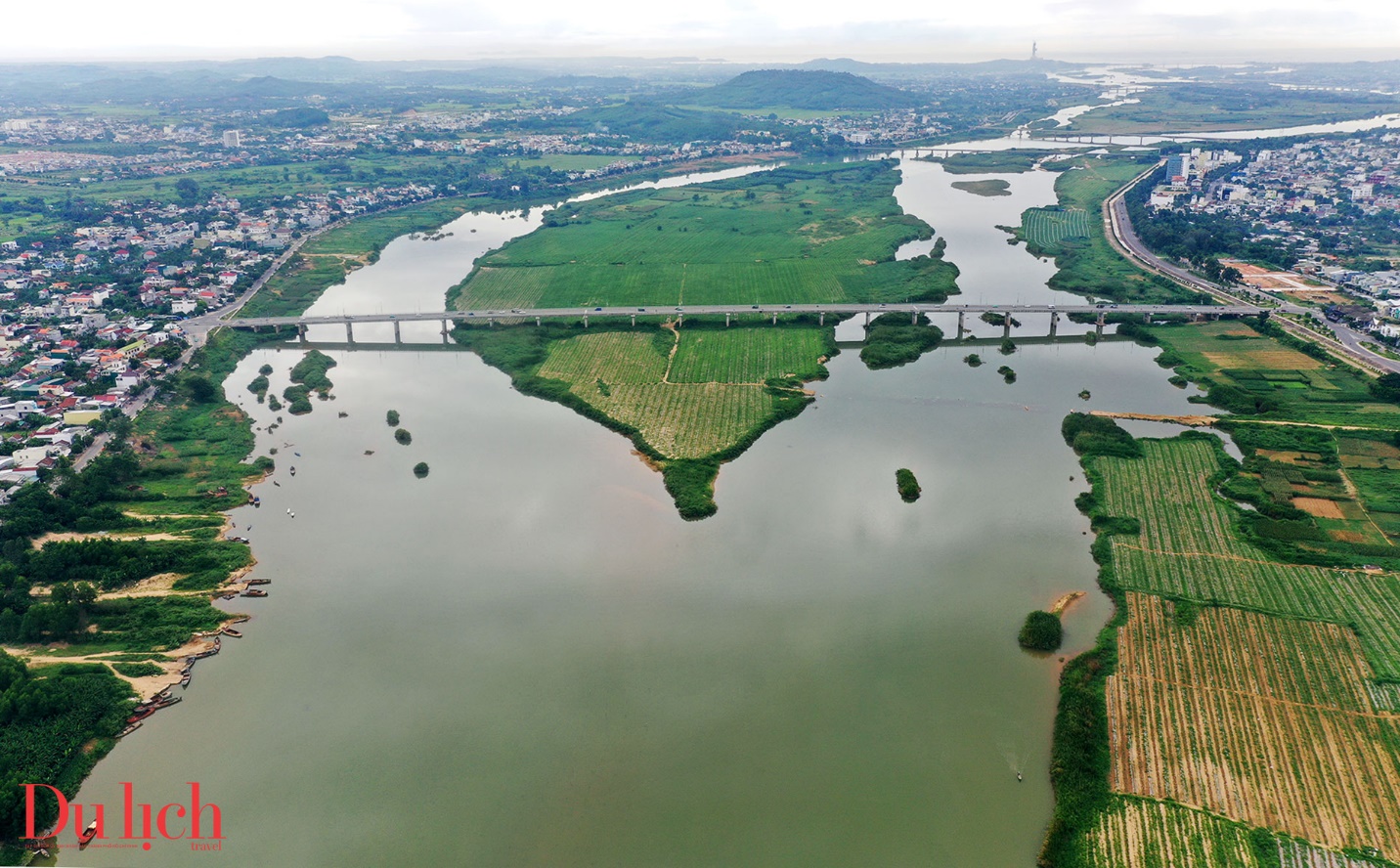
The image of Mountain and River has left an indelible mark on the hearts of the people of Quang Ngai:
“How can I ever leave you,
As long as Thien An Mountain stands tall
And the Tra Khuc River flows.”
Among the twelve beautiful sceneries of Quang Ngai, “Long Dau Hy Thuy” ranks second only to the “Thien An Niem Ha” landscape.
Long Dau Mountain, Thien An Temple, and the Tra Khuc River are intertwined in folk songs and folk tales, simple yet sincere and profound, reflecting the deep affection for the country and its landscapes.
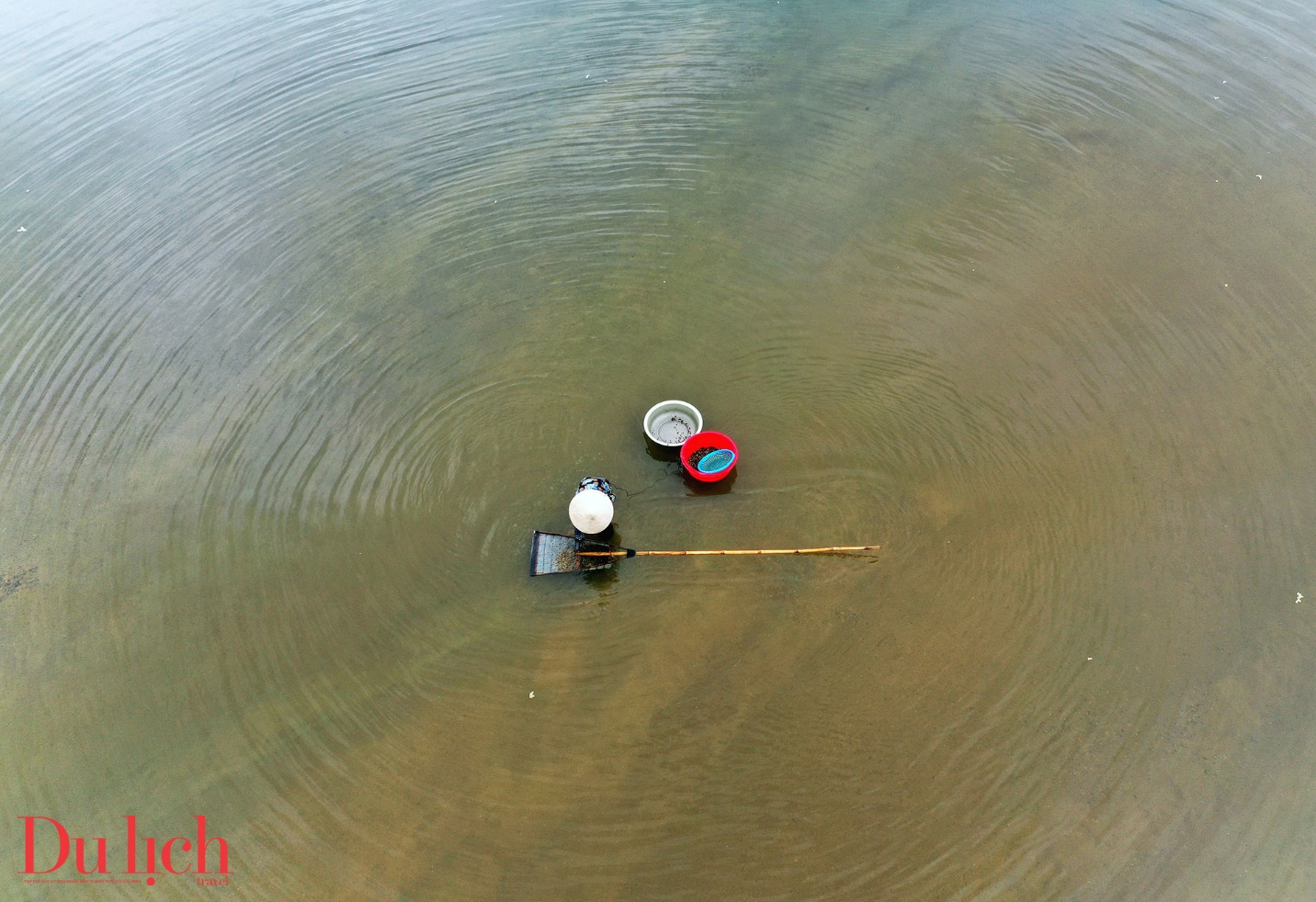
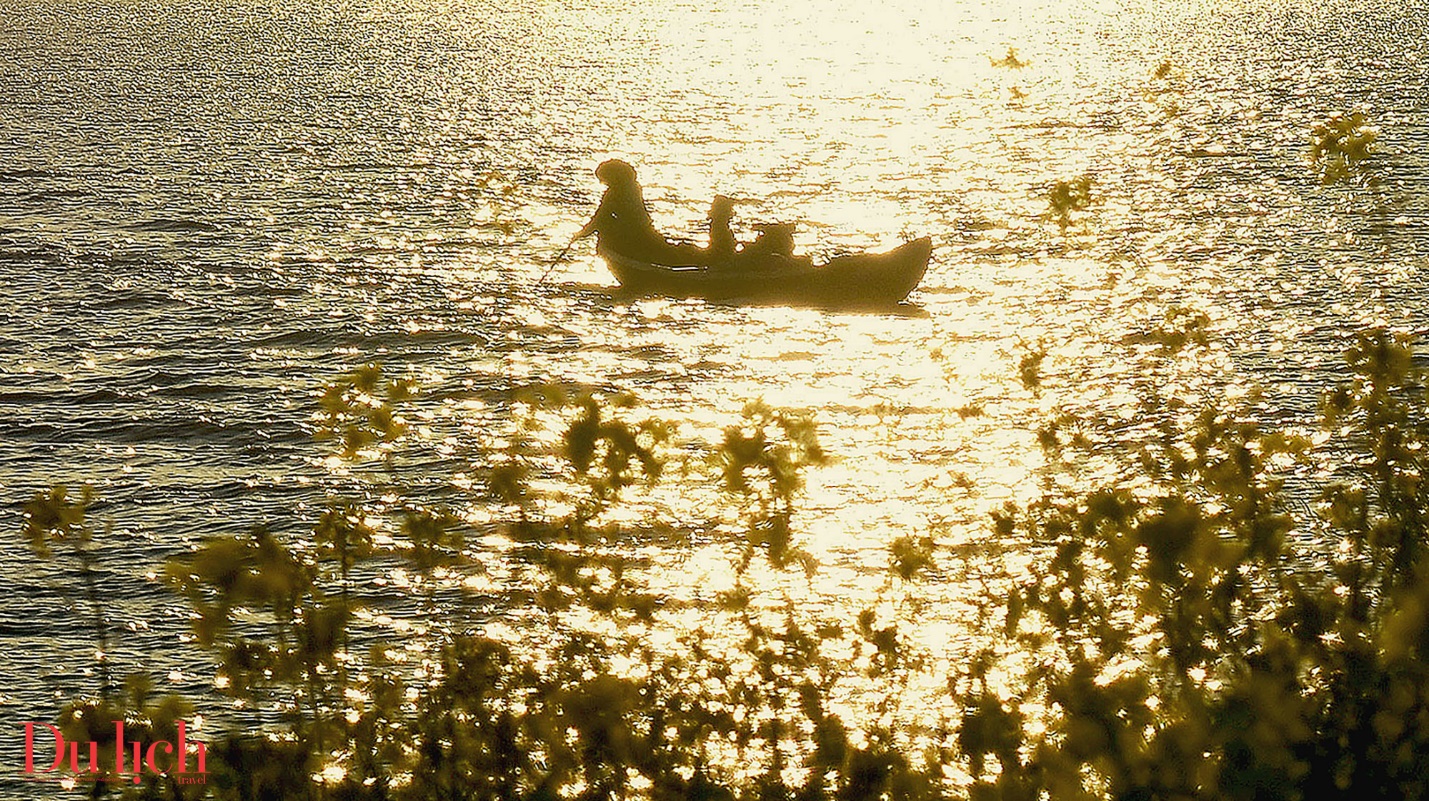
According to cultural researchers in Quang Ngai, around the 15th century, the region was known as “Co Luy Dong.” Now, “Co Luy” remains as the name of a coastal area: “Cua Co Luy” or “Dai Co Luy,” where the Tra Khuc River and a branch of the Ve River meet. A folk song that locals often sing goes, “Whoever passes by Co Luy village/Remember to buy a pair of mats for the bride to welcome her to the village,” referring to this very village of Co Luy.
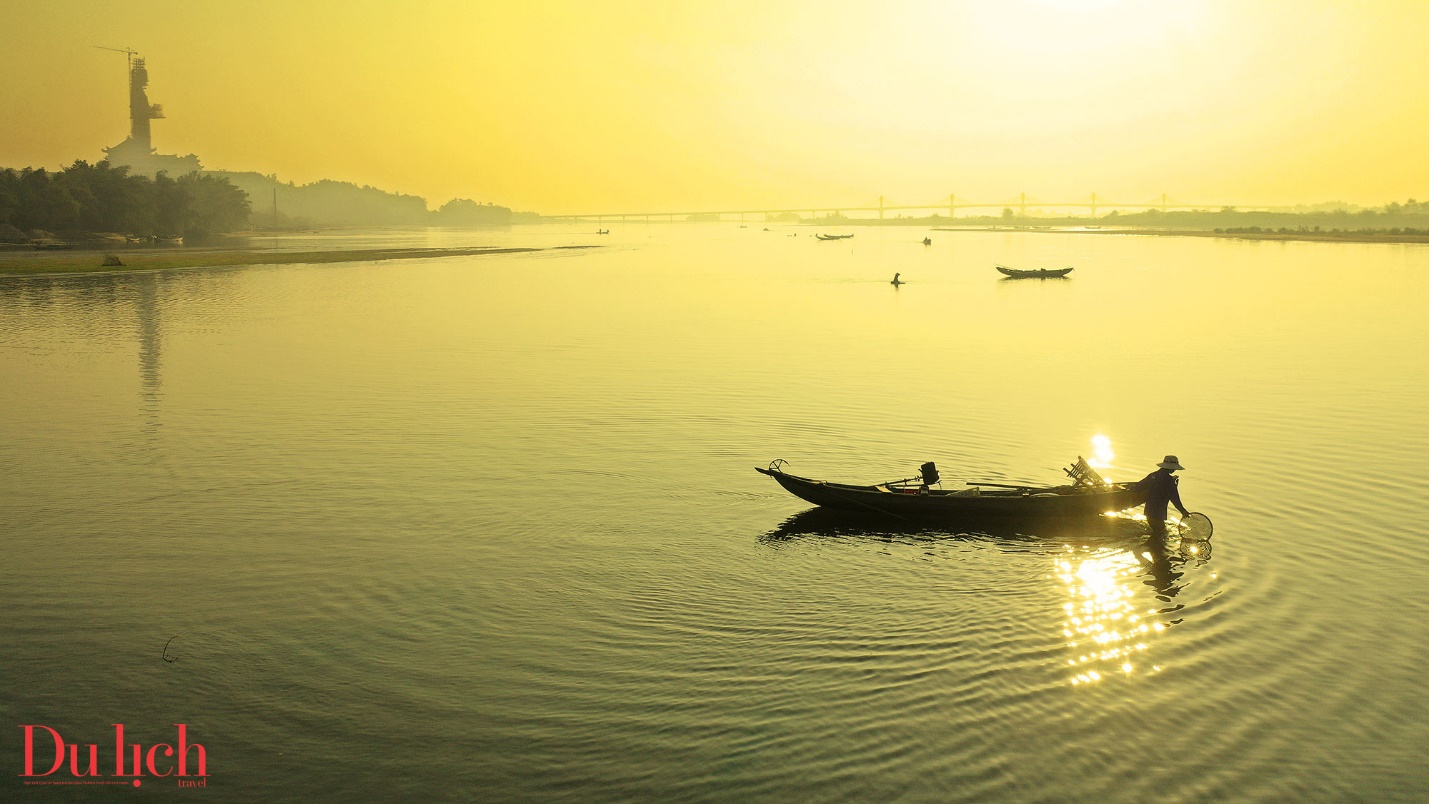
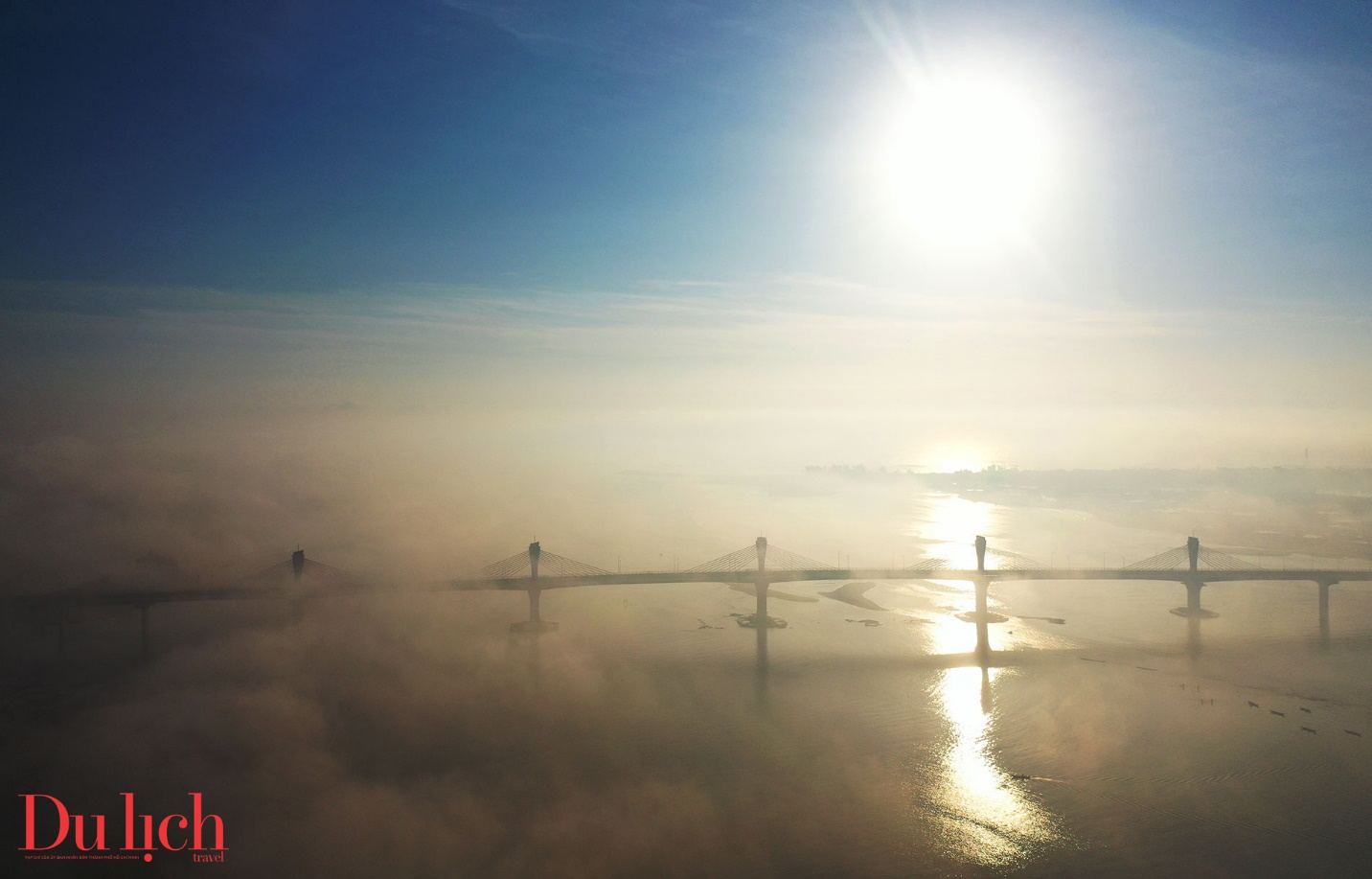
“Co Luy Nam,” on the other hand, is a lonely fishing village that inspired a poem, “Co Luy Co Thon,” by Nguyen Cu Trinh, the provincial governor of Quang Ngai in 1750. This poem is one of the ten sceneries praised by Nguyen Cu Trinh (“Cam thanh thap canh”), with two more added later by others, making it “Cam thanh thap nhi.”
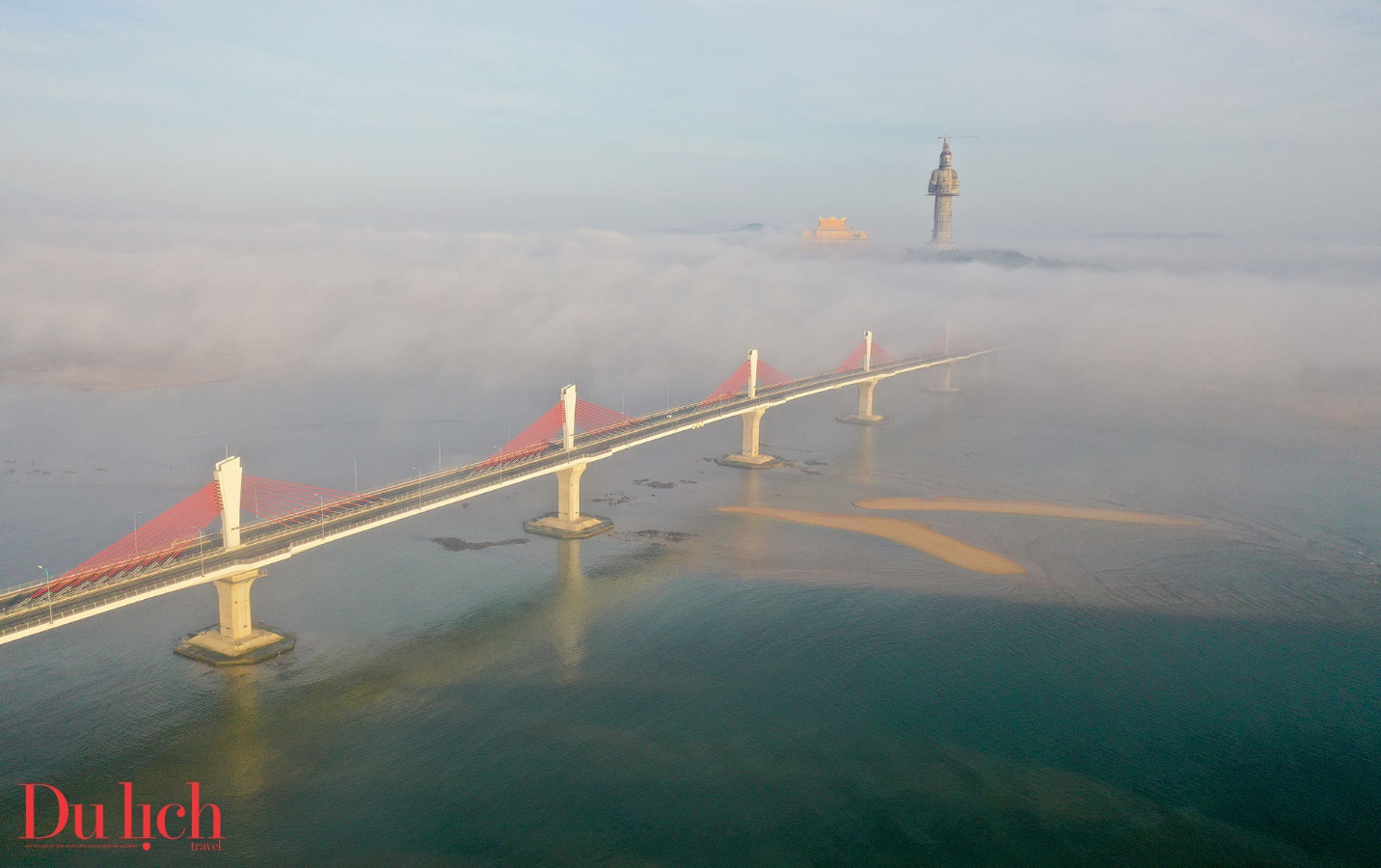
At the end of the Tra Khuc River lies Dai Beach, one of the five famous coastal areas known for its long-standing cultural and historical trade relations.
In 1998, archaeologists excavated the area east of Phu Tho Mountain near Dai Beach and discovered various types of jewelry, terracotta, and roof tiles decorated with jester faces, dating back to the early Champa culture.
According to Mr. Doan Ngoc Khoi, Vice Director of the Quang Ngai General Museum, these findings indicate that the Dai Beach area was once a cultural and political-social center, closely linked to ancient maritime trade routes. Therefore, the bridge crossing the river near the beach was aptly named “Cua Dai,” reflecting the deep-rooted history and culture of the region.
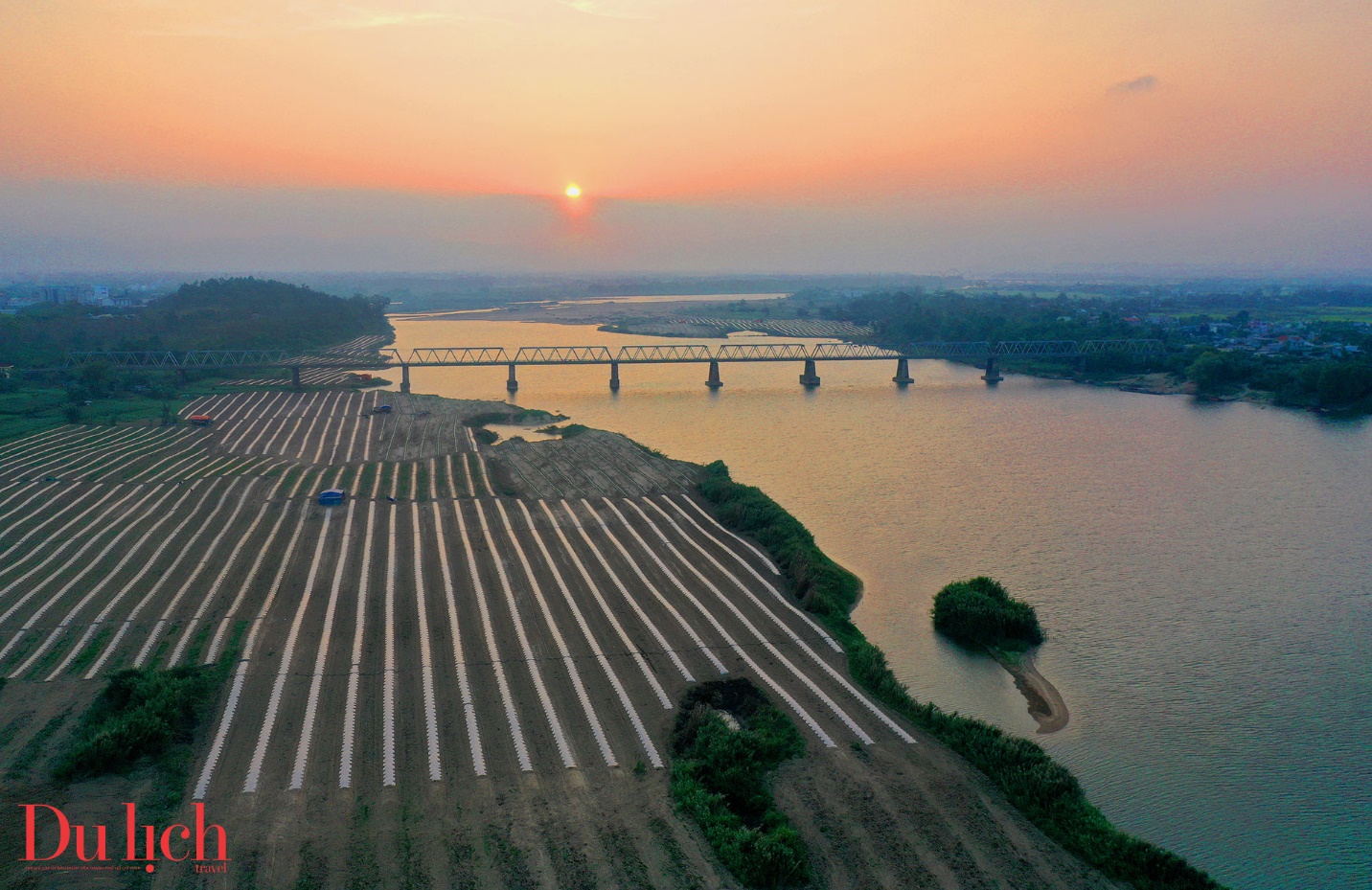
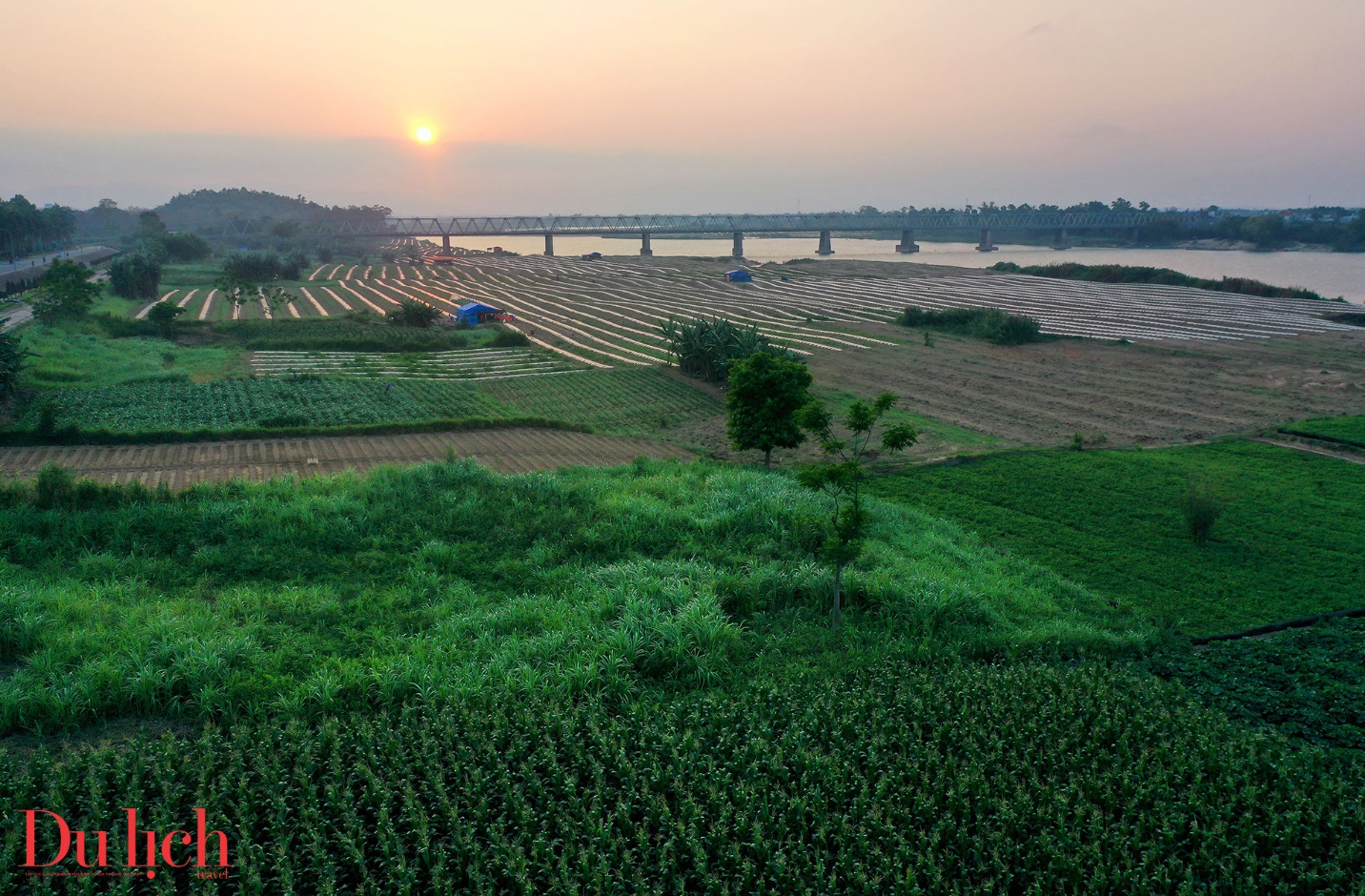
The Quang Ngai region is renowned for its bridges spanning the Tra Khuc River, such as Tra Khuc 1, Tra Khuc 2, Co Luy, Thach Bich, and Truong Xuan. Unlike some of the other bridges, the Truong Xuan bridge is specifically designed for trains traveling between the North and the South. Built in 1976, the Truong Xuan bridge is 550 meters long, with its southern end in Quang Ngai city and its northern end in Tinh Ha commune, Son Tinh district.
With its ancient beauty, the Truong Xuan bridge attracts many visitors for sightseeing and photography. The Tra Khuc River, a beloved symbol of the Quang people, carries abundant silt, providing fresh water for daily life and agricultural production.
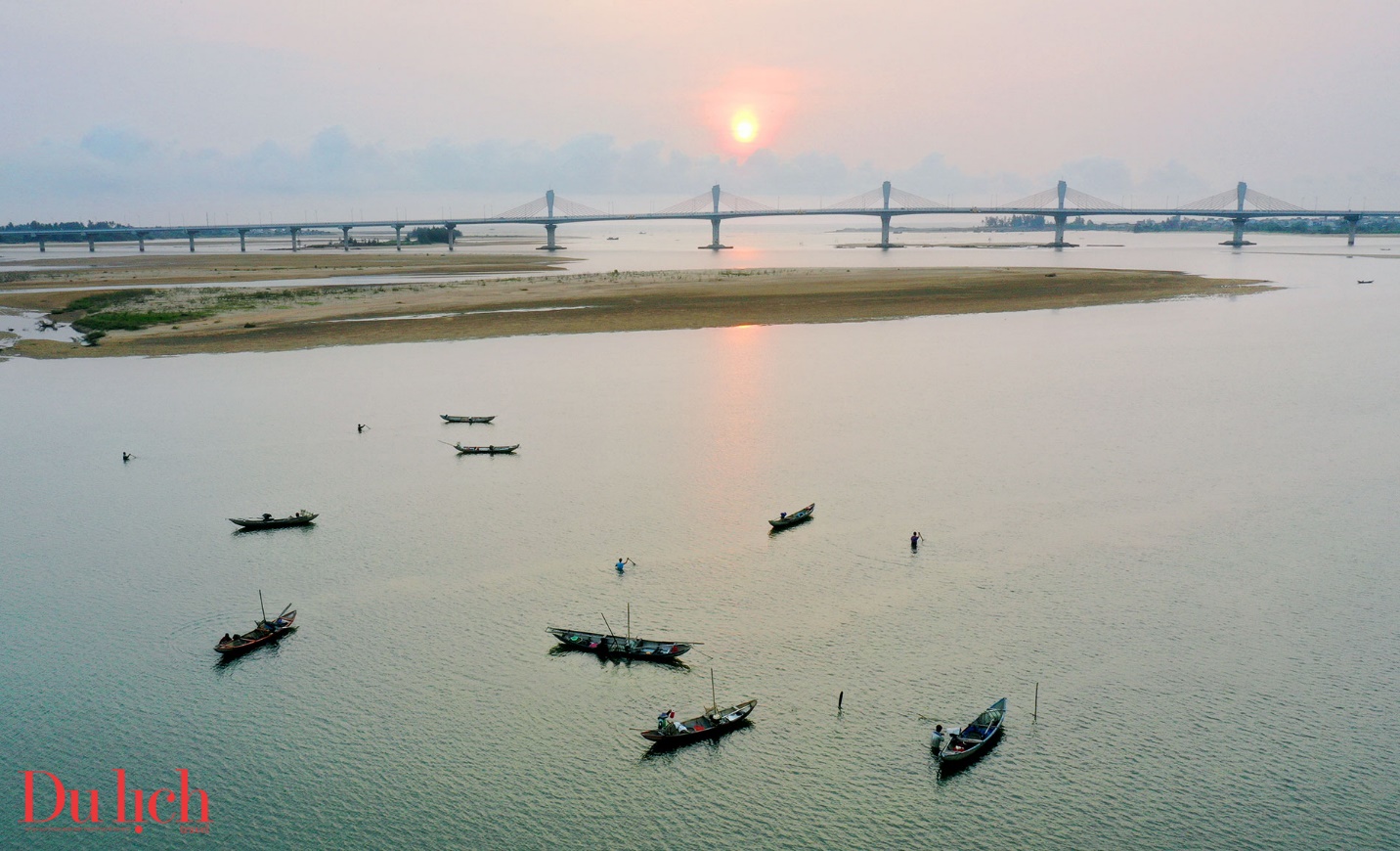
Over the years, the Tra Khuc River has formed fertile silt deposits during flood seasons, providing opportunities for locals to grow vegetables and other crops. Every afternoon, children gather by the river to play and swim, while adults cast their nets to catch fish, creating a peaceful and rustic picture of rural life.
As the tide recedes, the Tra Khuc River reveals sandbars of various shapes, including one that resembles a captivating heart shape, attracting many visitors.
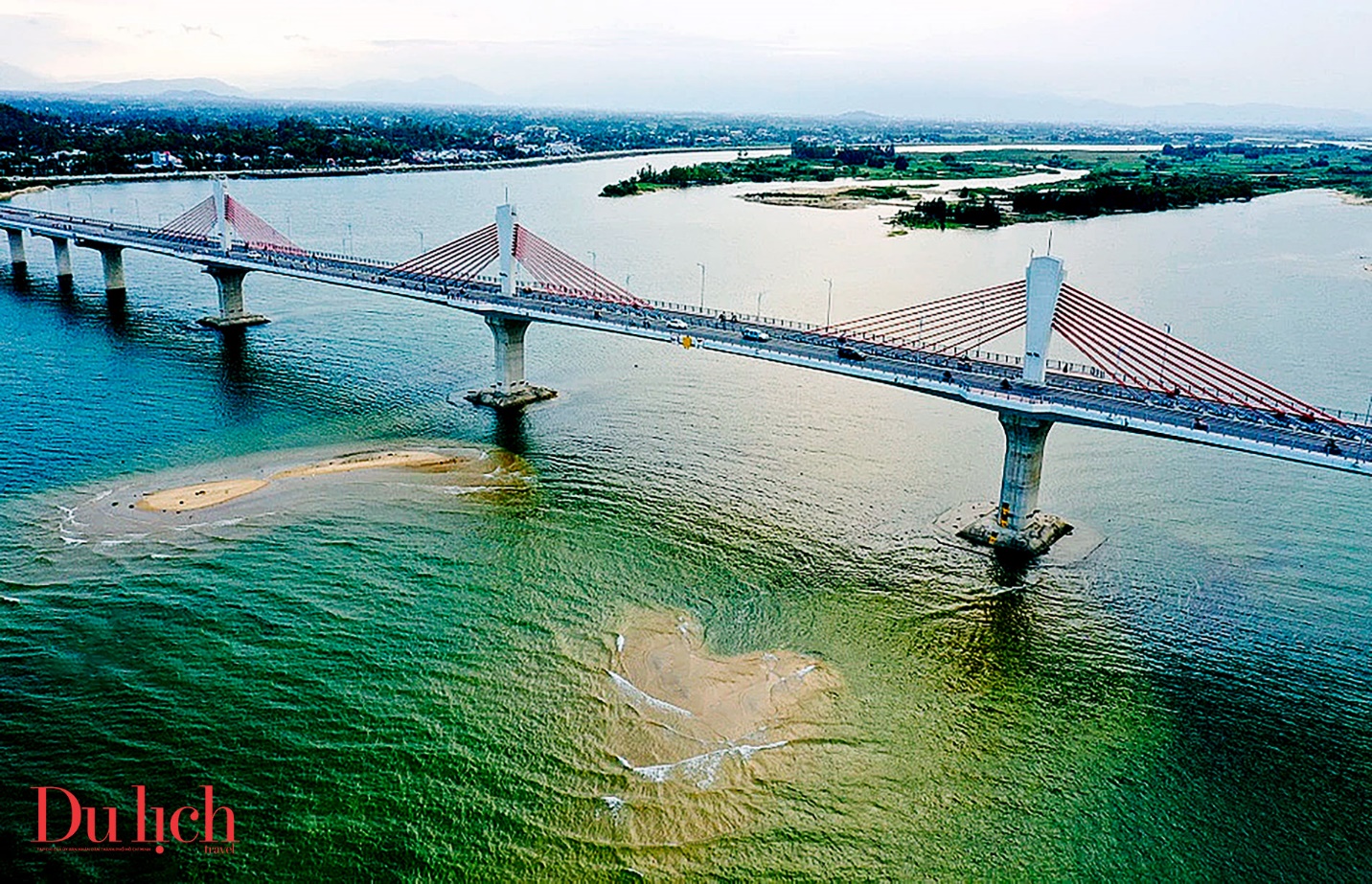
Nature has generously endowed the Tra Khuc River with bountiful resources, which, combined with the skillful hands and care of the locals, have resulted in delicious specialties that captivate tourists. These unique flavors of Quang Ngai have become unforgettable memories for those who have left their homeland.
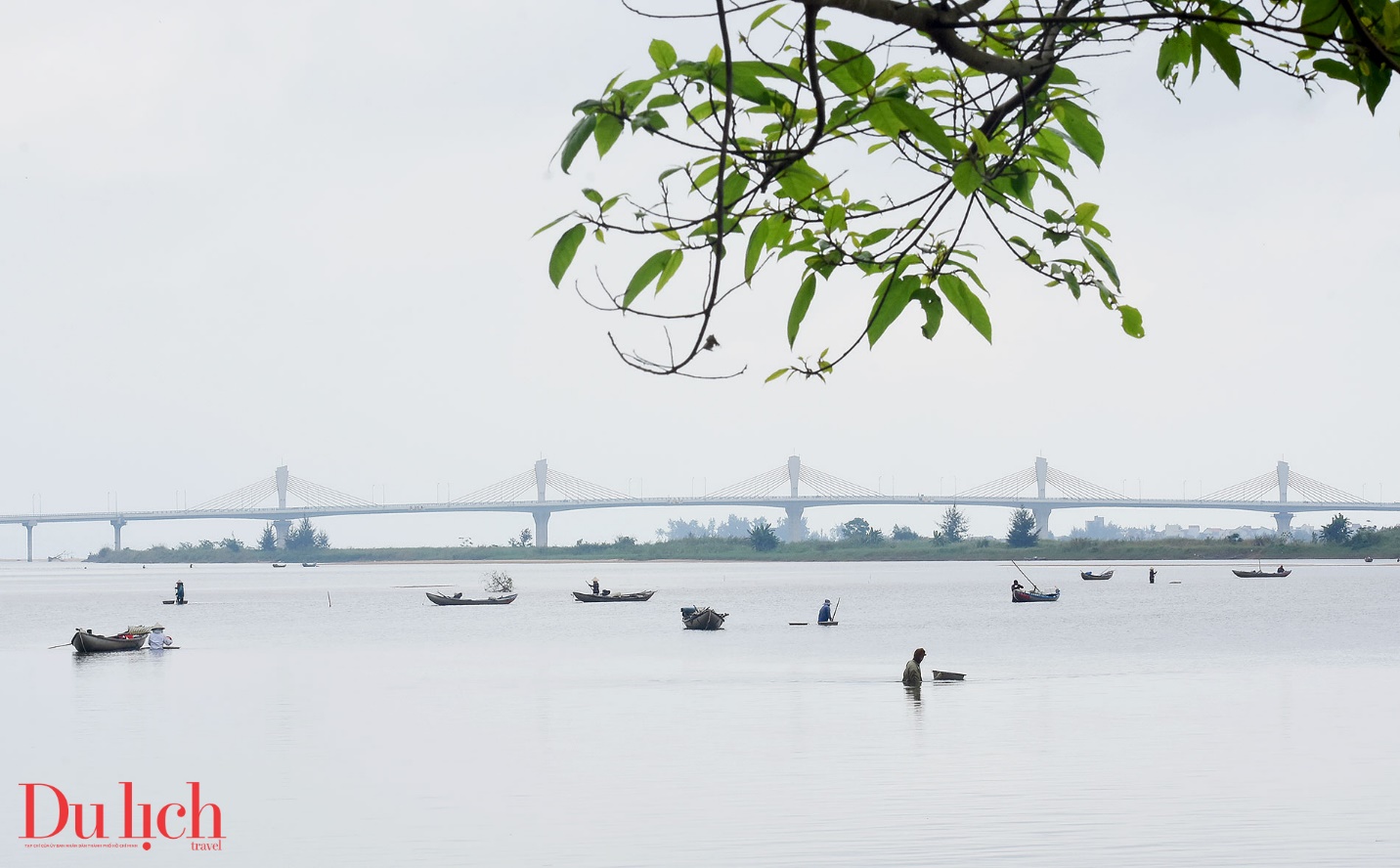
According to local people, hến (a type of clam) and don (a type of wedge shell) live in different water layers in the Tra Khuc River. Hến lives in the freshwater layer and can be easily collected using a “nhủi,” a tool made of bamboo sticks. In contrast, don lives in the brackish water layer, buried deeper in the sand, and can only be caught by walking backward and using a special rake.
Both hến and don are larger than the width of a thumb, but hến has a fan-like shape, while don resembles a mango seed. Don is more expensive than hến because it is known as the cleanest aquatic product in the Tra Khuc River. Belonging to the bivalve mollusk family, don has a shell that is half black and half light yellow, shaped like an oval, and about the size of a thumb. This species typically has thinner shells compared to other types of snails, with the two shell halves fitting snugly together, and the upper shell is thinner than the lower one.
After collecting don and hến, locals rinse them in river water using a sieve to remove mud, sand, and gravel. Thanks to this stable source of income, this challenging yet rewarding profession has been passed down through many generations, ensuring that the specialties of Quang Ngai reach different regions of the country.
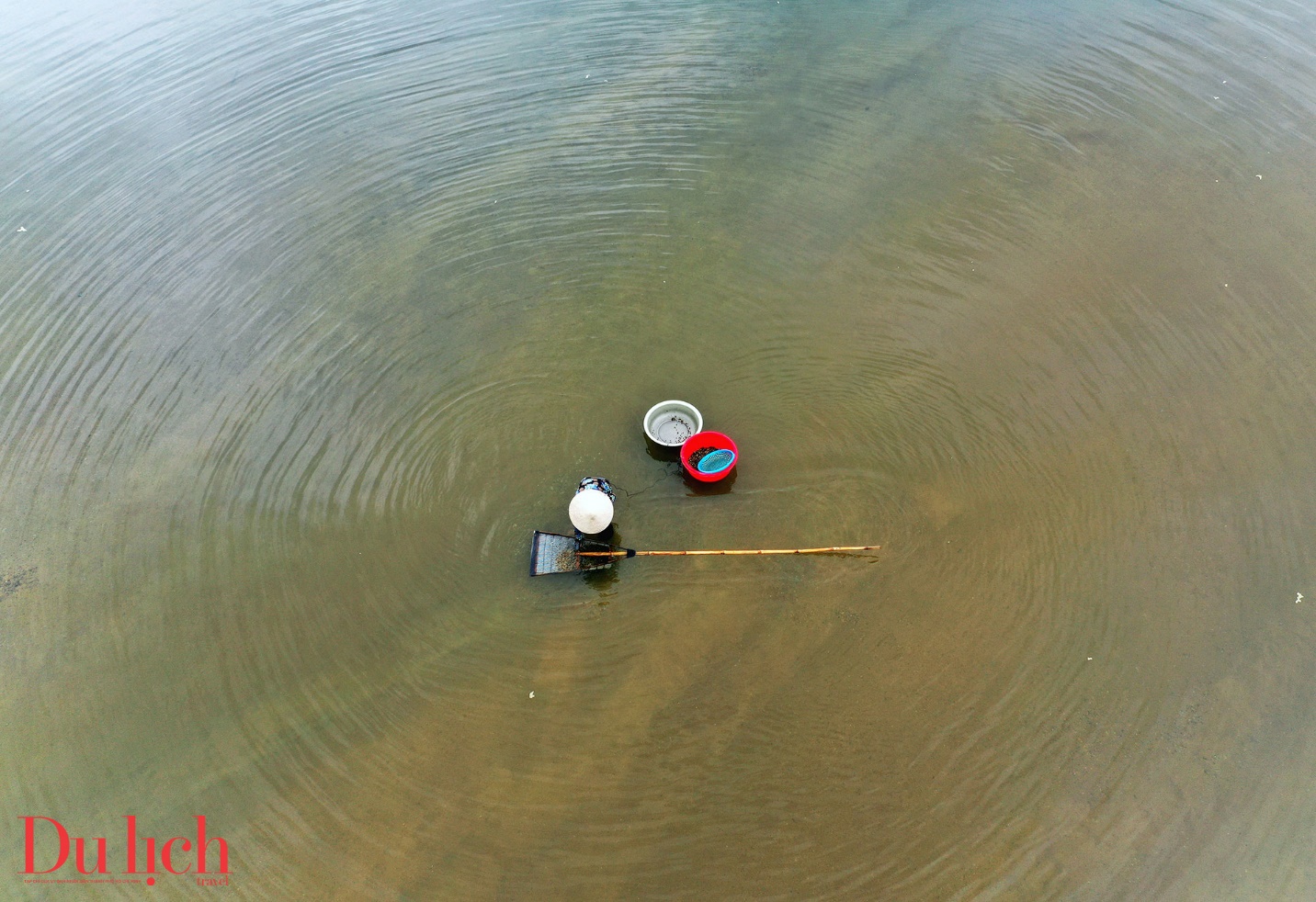
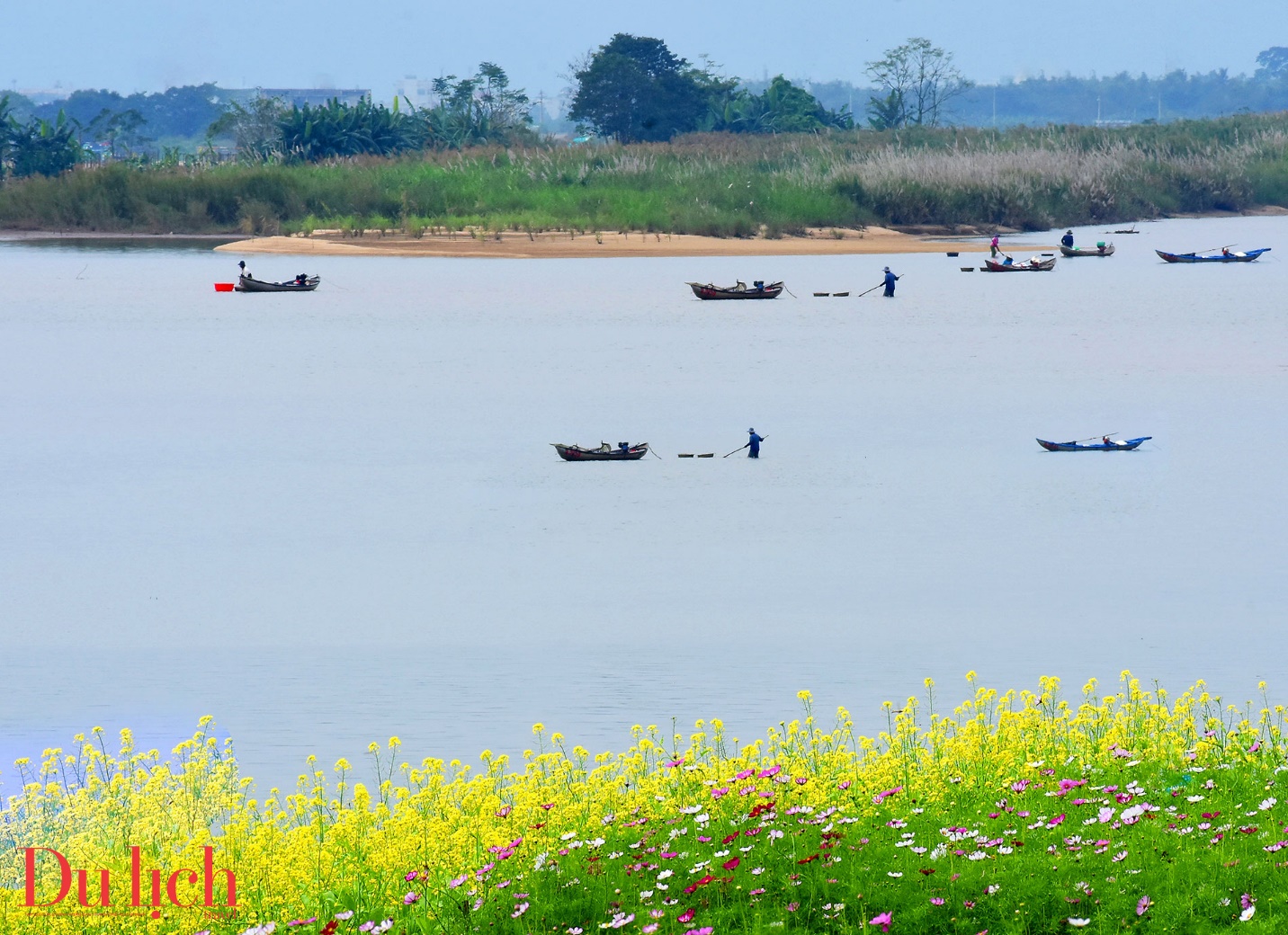
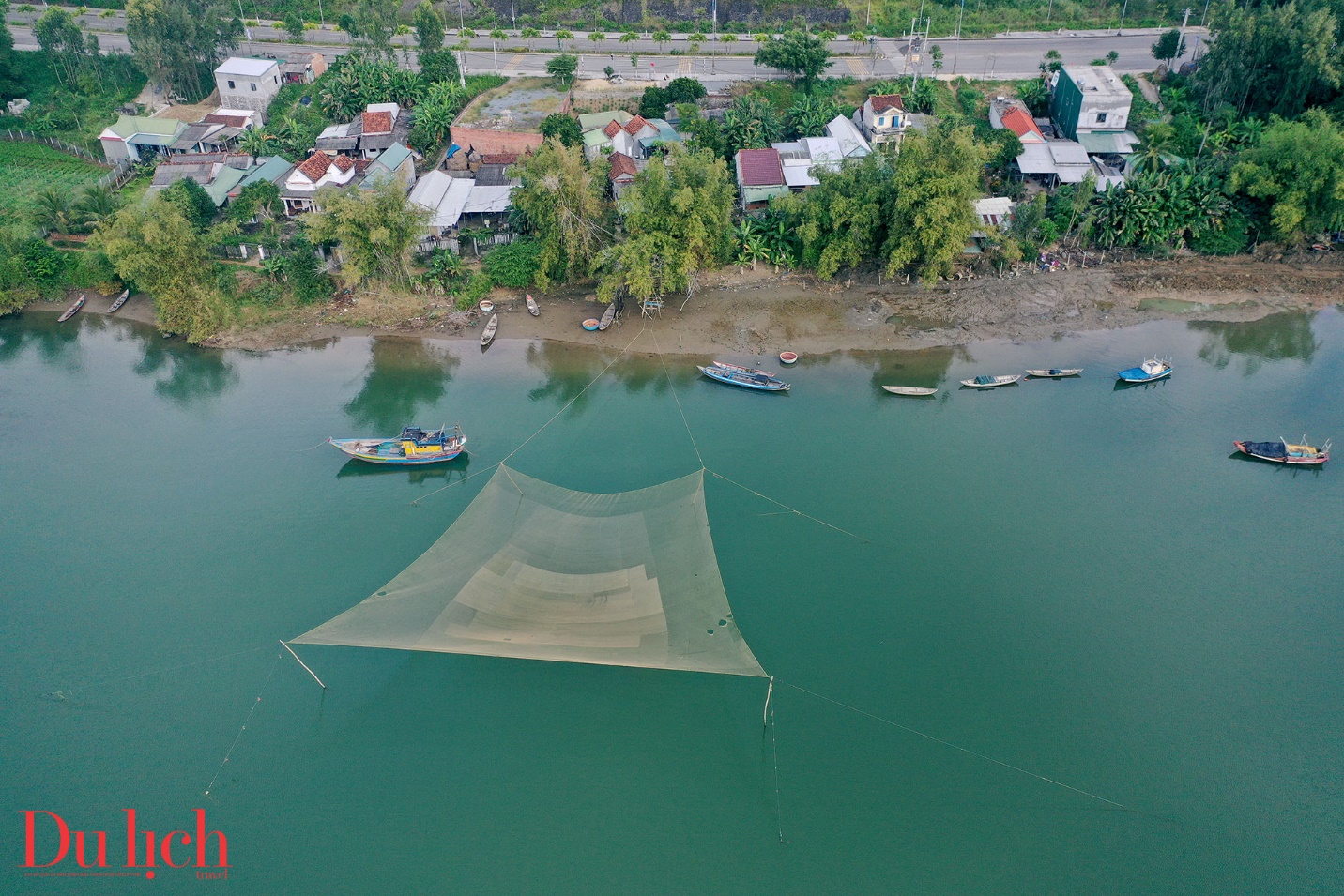
The people of Quang Ngai consider don and hến to be delicious and nutritious local delicacies. In early 2013, the Vietnam Records Organization recognized don from the Tra Khuc River as one of the four specialties of Quang Ngai, along with three other famous specialties of Vietnam. Additionally, Tra Khuc River’s bống fish and don were included in the list of Vietnam’s 50 most famous specialties.
No matter where they go or how long they stay away, the people of Quang Ngai never forget the unique flavors of the specialties from the Tra Khuc River, such as don, bống fish, and thài bai fish. This is evident in a popular saying among the locals: “I miss my homeland so dearly/
Oh, how I long for the Tra Khuc River’s bống fish cooked with pepper…”

























